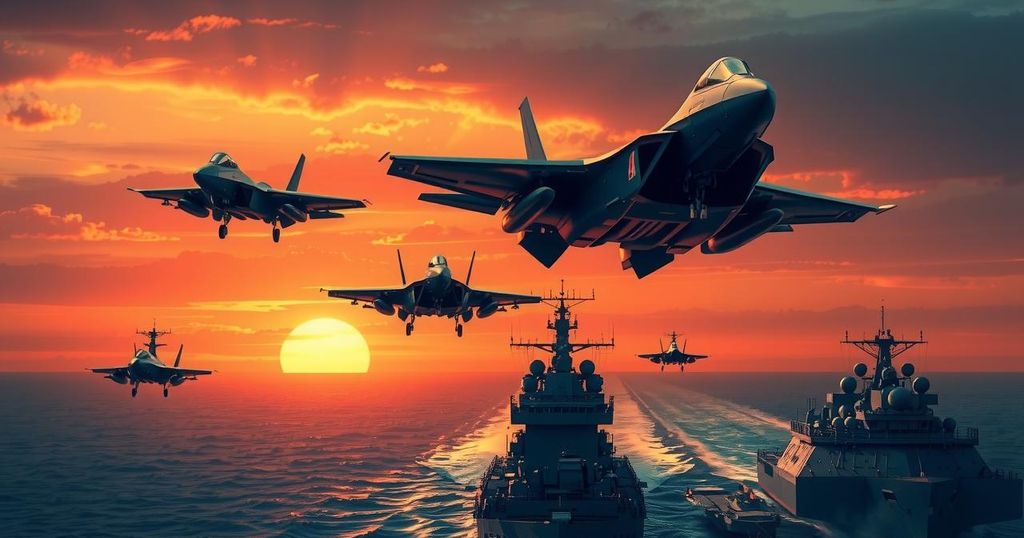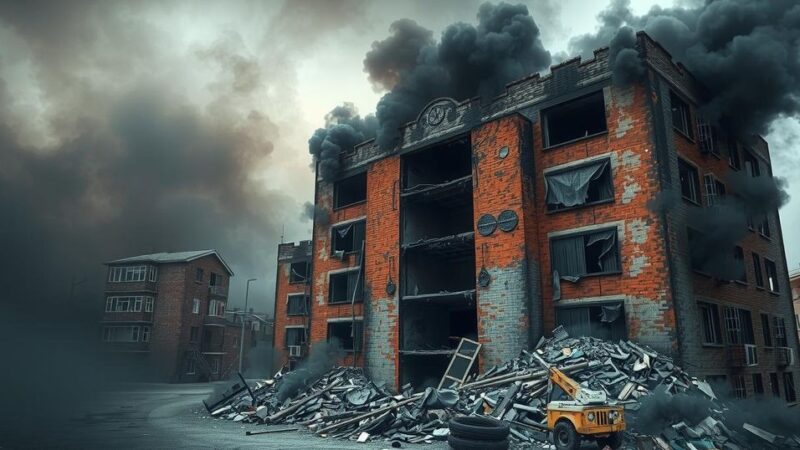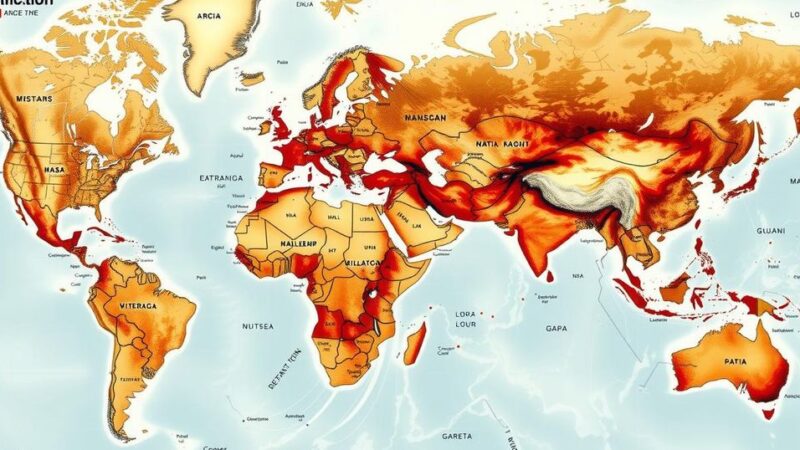The United States is intensifying its military posture against Iran, with President Trump escalating threats while Israel grapples with multiple security challenges. Recent troop movements in the Middle East reflect growing tensions. As the IDF manages operations in Gaza and other fronts, the need for personnel mobilization emerges amid societal divisions in Israel.
As tensions escalate between the United States and Iran, the Trump administration’s rhetoric intensifies, punctuated by military repositionings in the Middle East. The U.S. has deployed bombers and aircraft carriers to signal determination against Iran amid broader regional concerns. Israeli officials are also deliberating their own security priorities, managing threats from multiple militant groups in the region, including Hamas and Hezbollah, while remaining vigilant against Iranian advances.
President Donald Trump has issued stern warnings to Iran, extending any attacks from Yemen as emanating from Iran, thereby heightening the stakes involved. Despite the booming rhetoric, it remains ambiguous whether these developments foreshadow imminent military actions or are strategic posturing in negotiations regarding Iran’s nuclear ambitions. Recent Iranian declarations indicate a willingness to discuss negotiations through mediation.
American military presence is notably increasing, with five B-2 stealth bombers arriving on Diego Garcia, reinforcing U.S. operational capabilities in the region. Concurrently, the USS Harry S. Truman’s deployment in the Red Sea has been extended, showcasing the United States’ commitment to maintaining regional stability. Coordination between U.S. and Israeli defense systems has mitigated threats emerging from Yemen, indicating close military collaboration.
However, complex dynamics persist, including intelligence leaks that could jeopardize Israeli operations, notably involving communication among high-level U.S. officials. The Israel Defense Forces (IDF) continue targeting threats across Syria, Lebanon, and Gaza, although activities in Gaza are progressing slowly to avoid wider conflict escalation and to support local populations in accepting proposed compromises.
The IDF’s current operations reflect a cautious approach devoid of plans for a large-scale ground offensive, given the prevailing political divisions and societal fatigue within Israel regarding military duty. Outgoing IDF spokesperson Brig. Gen. Daniel Hagari emphasized the urgent need for military personnel, urging all societal sectors to come together to bolster defense efforts at this critical moment.
The United States has signaled a firm stance against Iran, marked by enhanced military presence in the Middle East and increasing threats from President Trump. Meanwhile, Israel is carefully weighing its multifaceted security challenges, maintaining a gradual approach in Gaza amid greater regional concerns. The IDF emphasizes the urgency for troop readiness and societal solidarity in the face of ongoing conflicts, particularly given the need to adapt to evolving military threats. Thus, coordinated responses become essential as the situation unfolds.
Original Source: www.ynetnews.com






